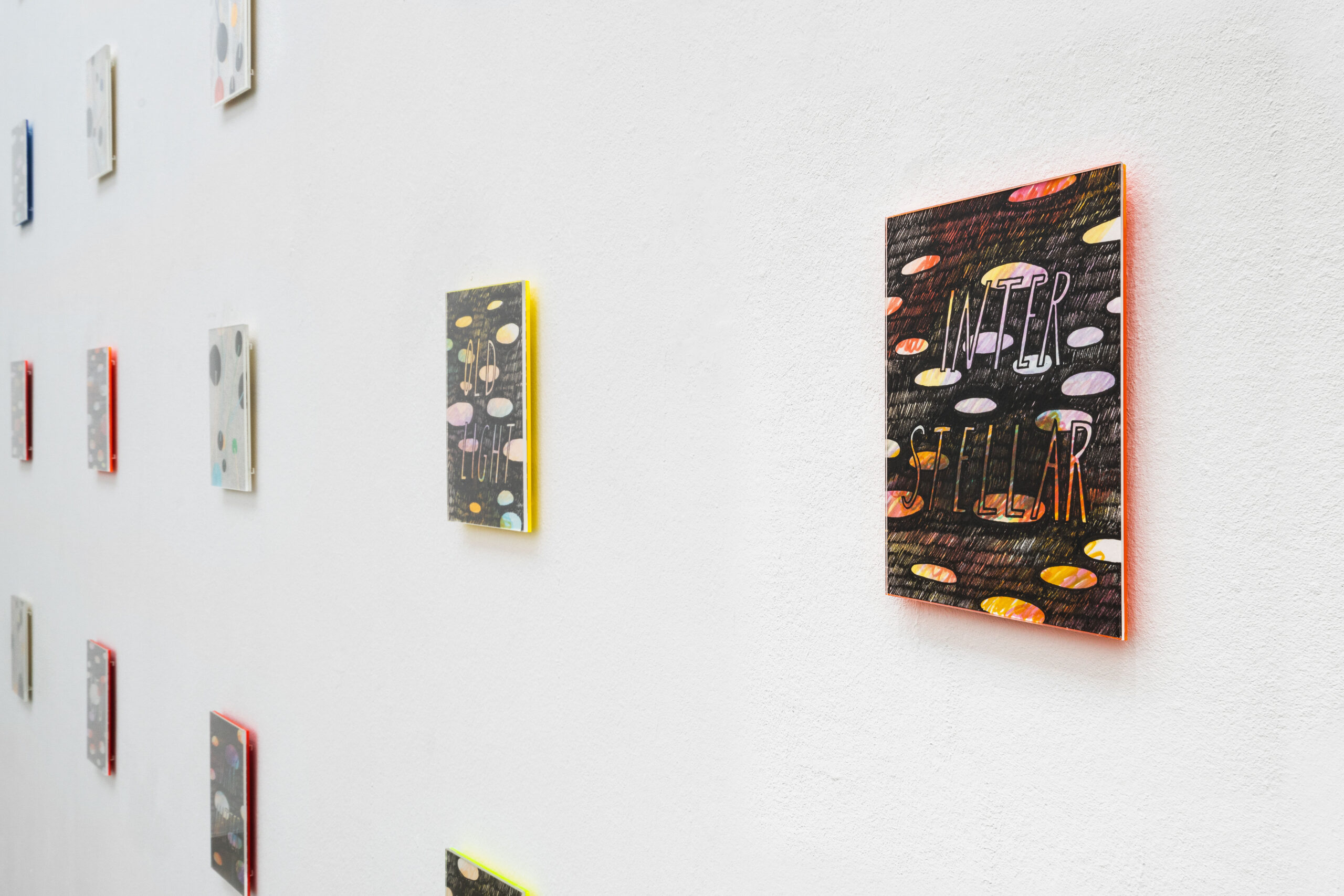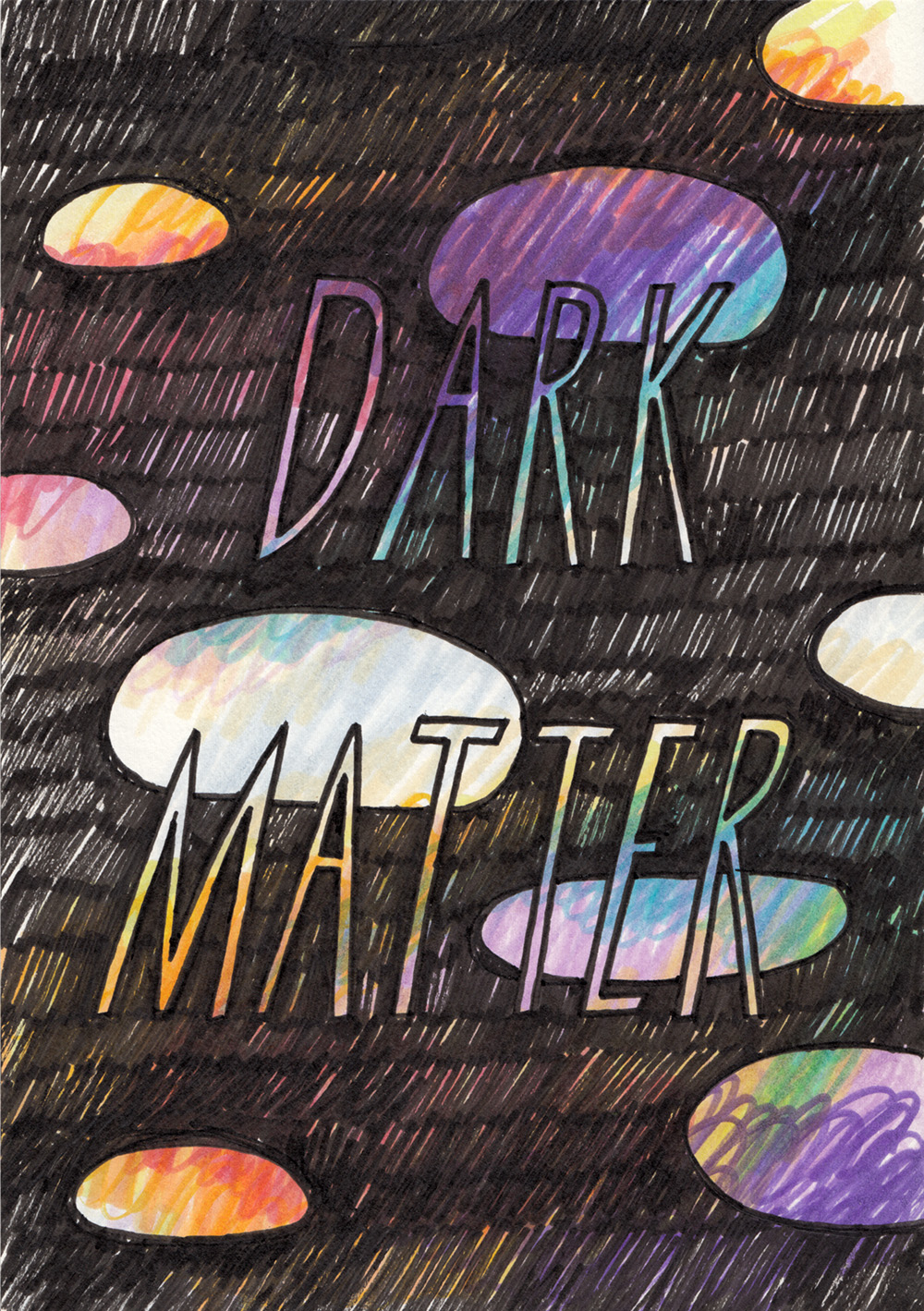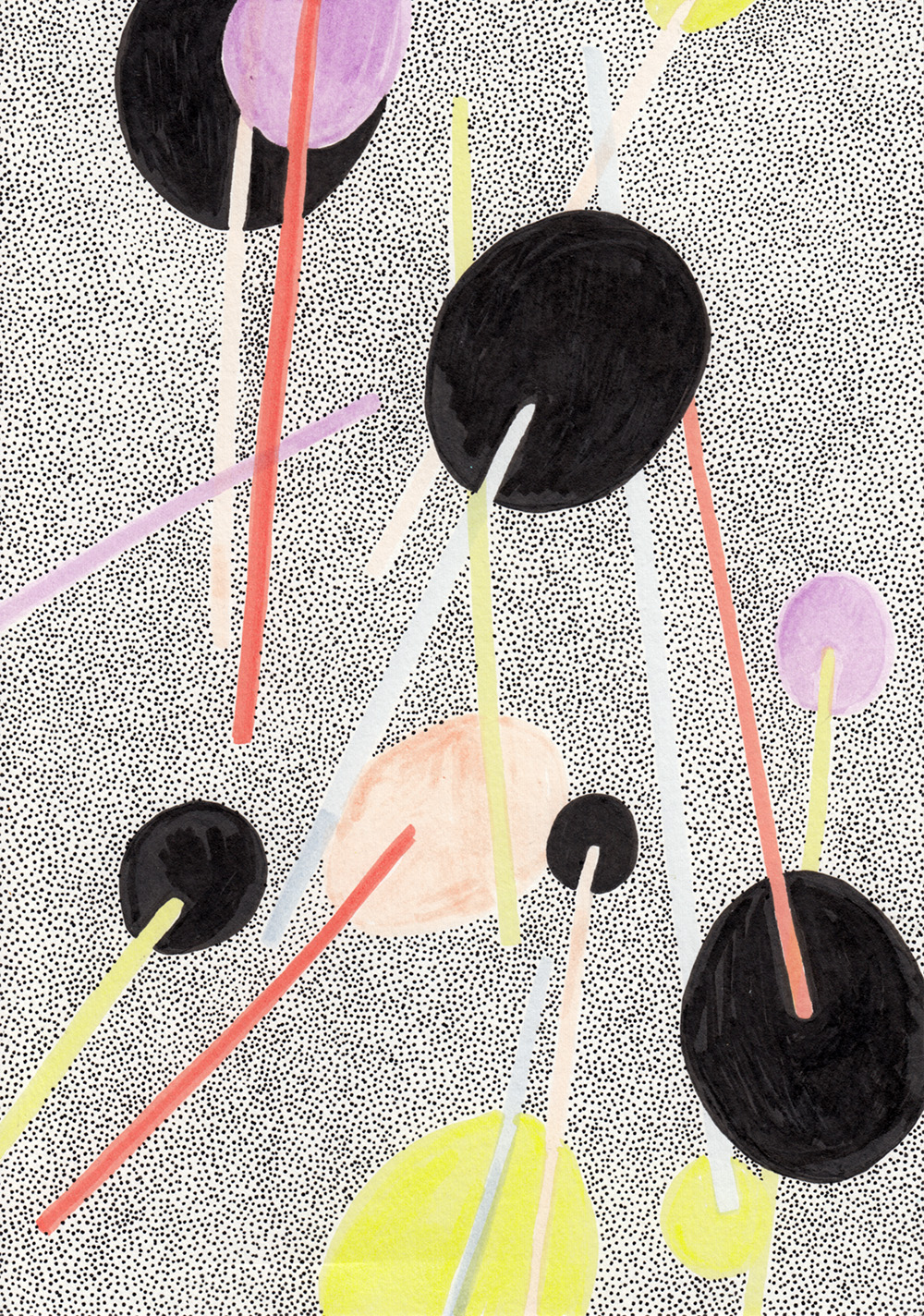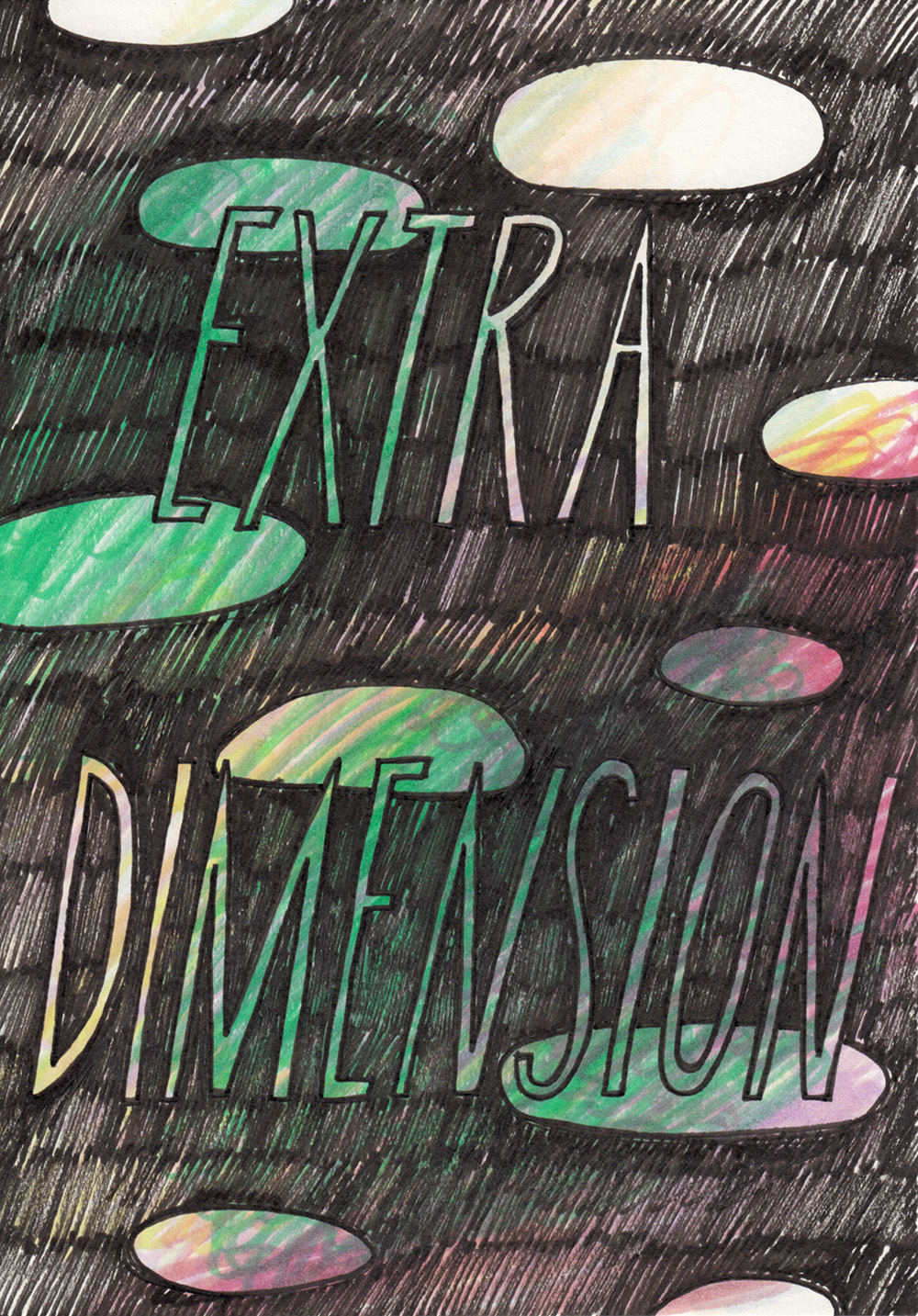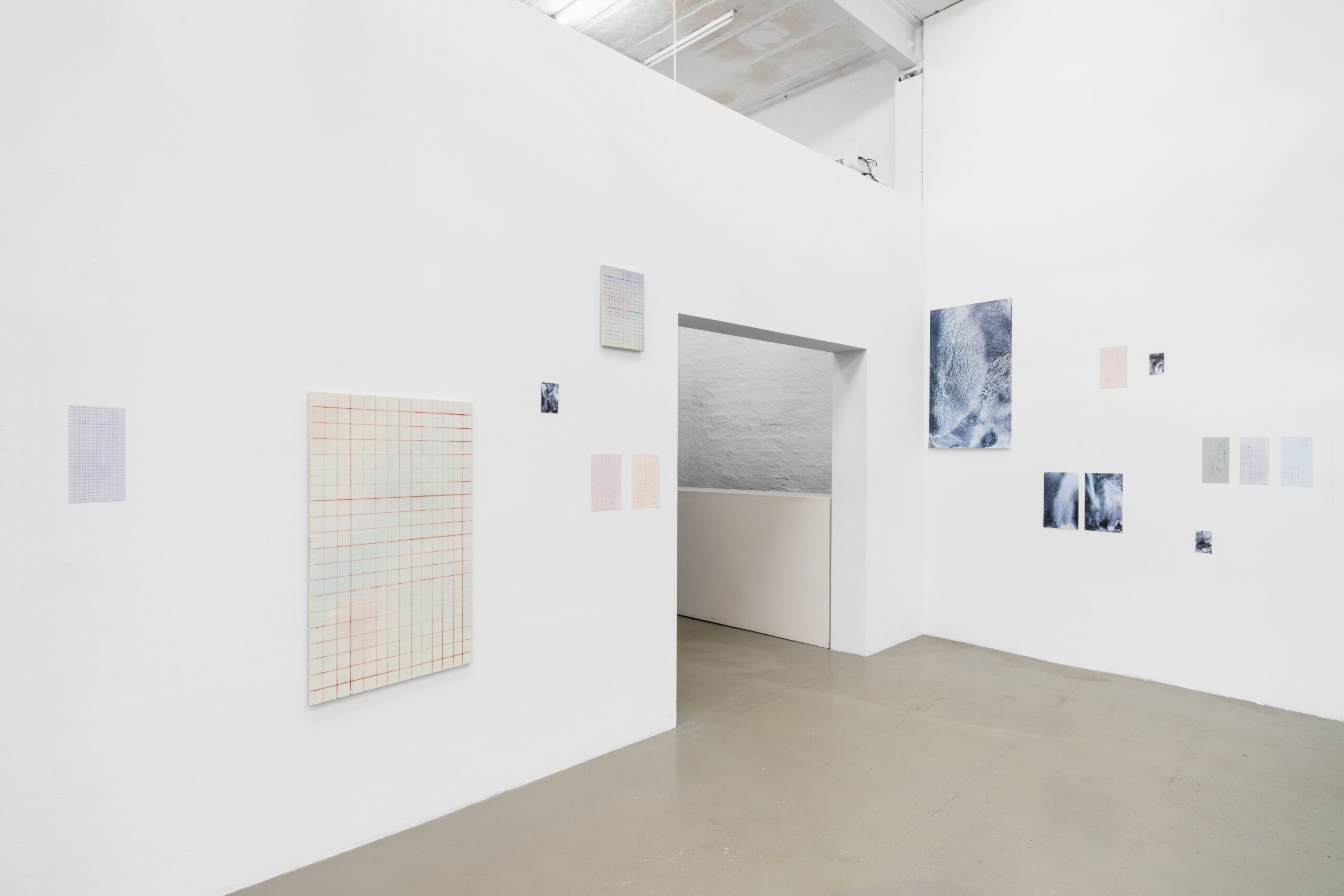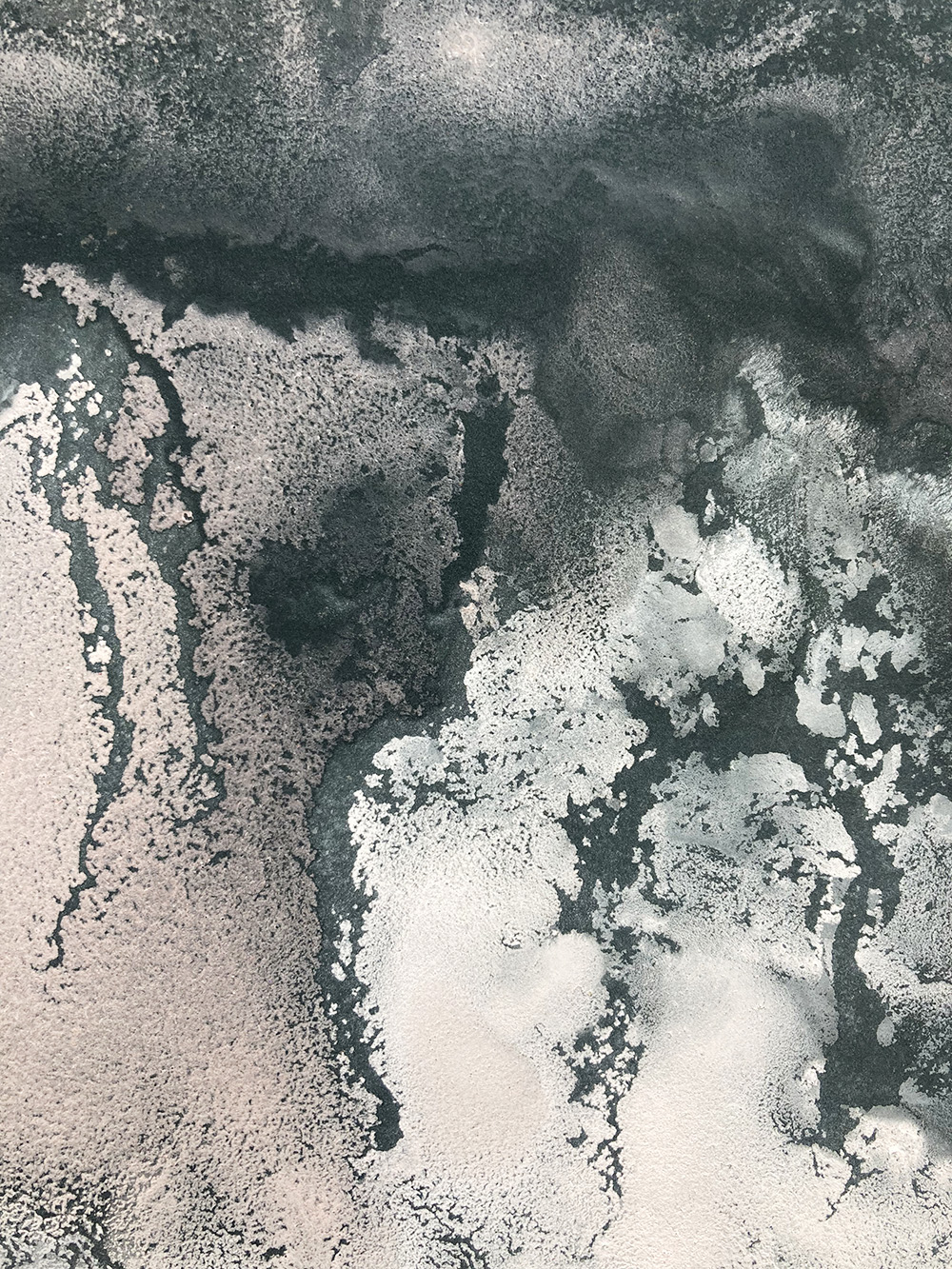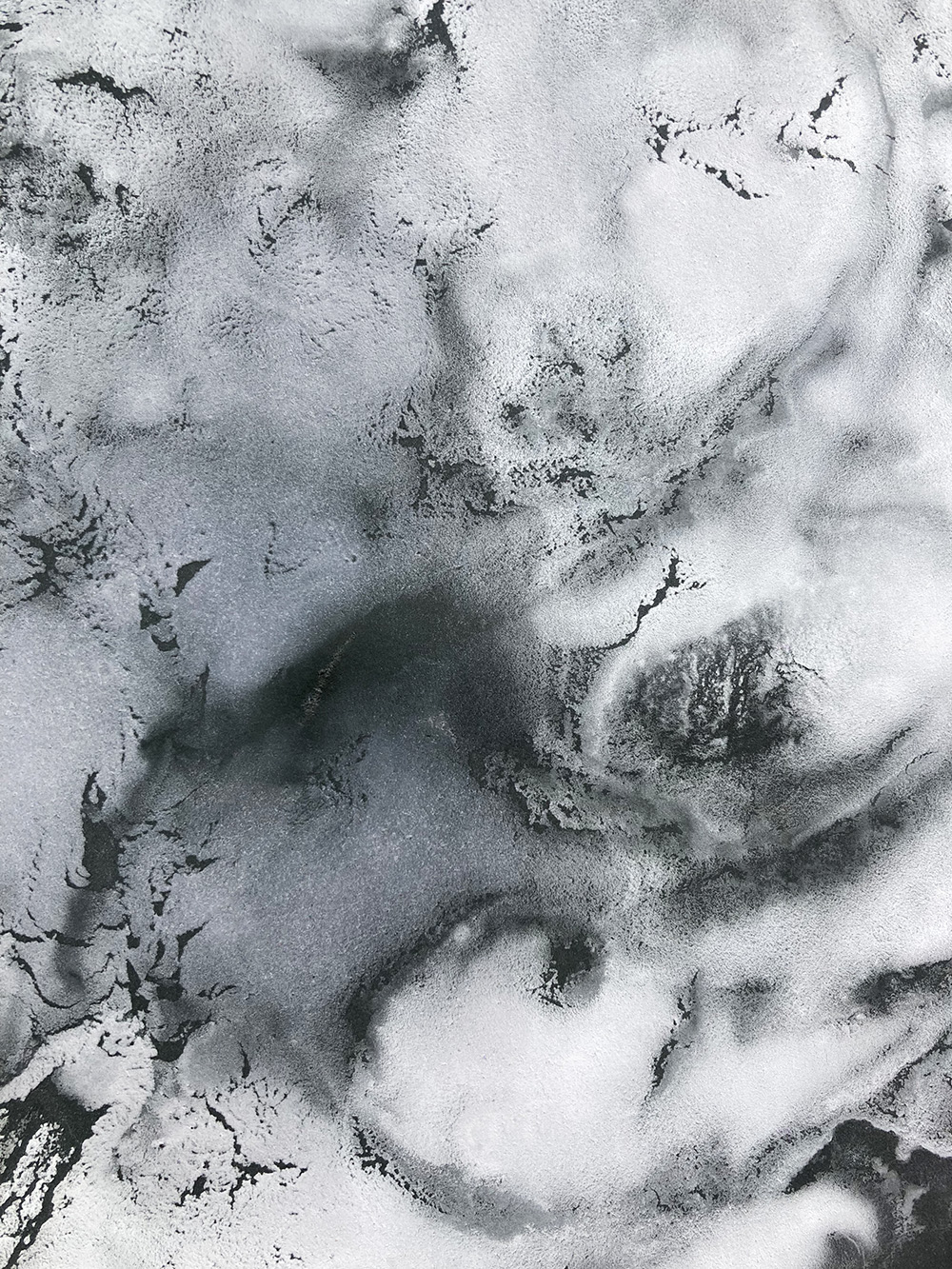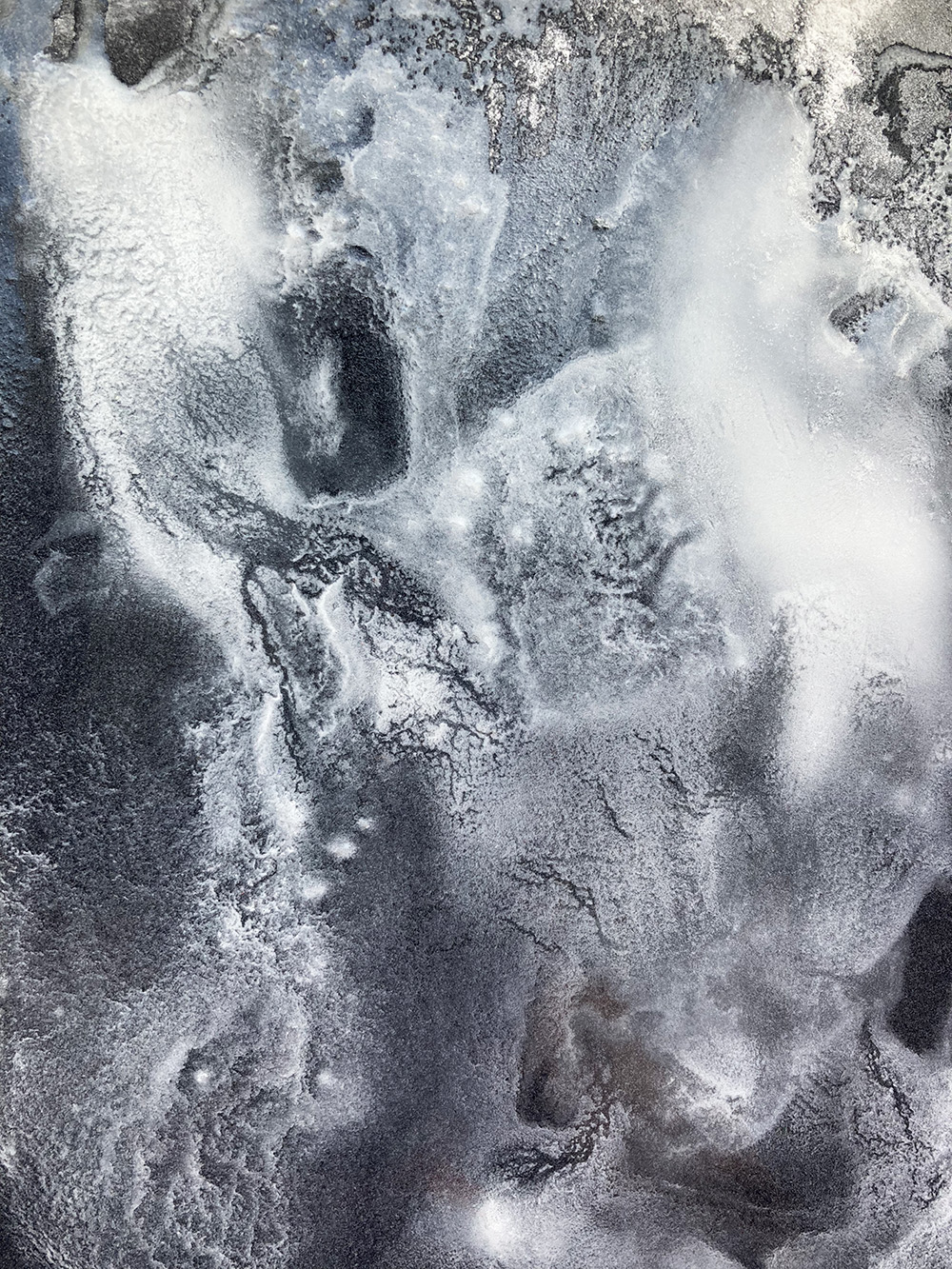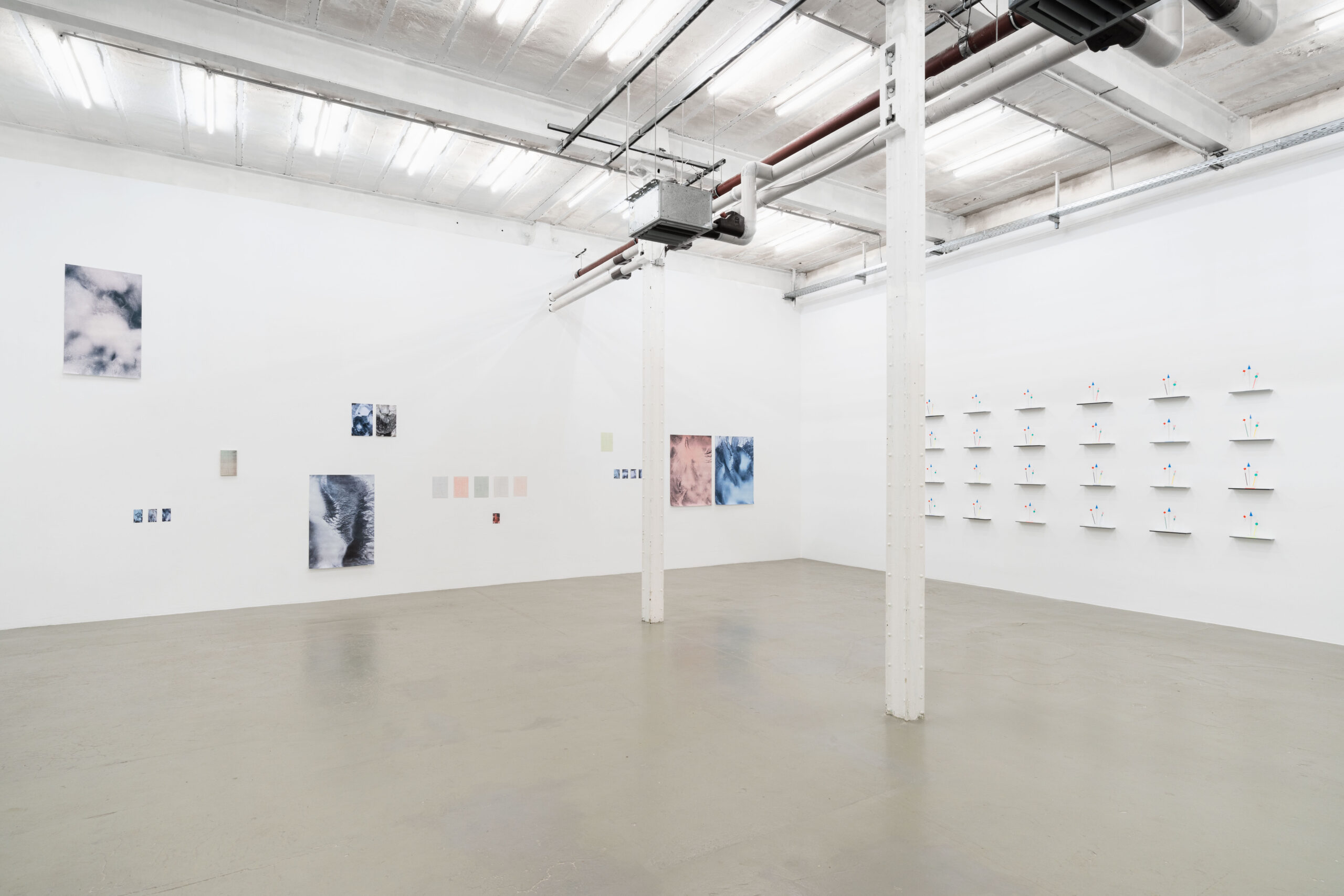

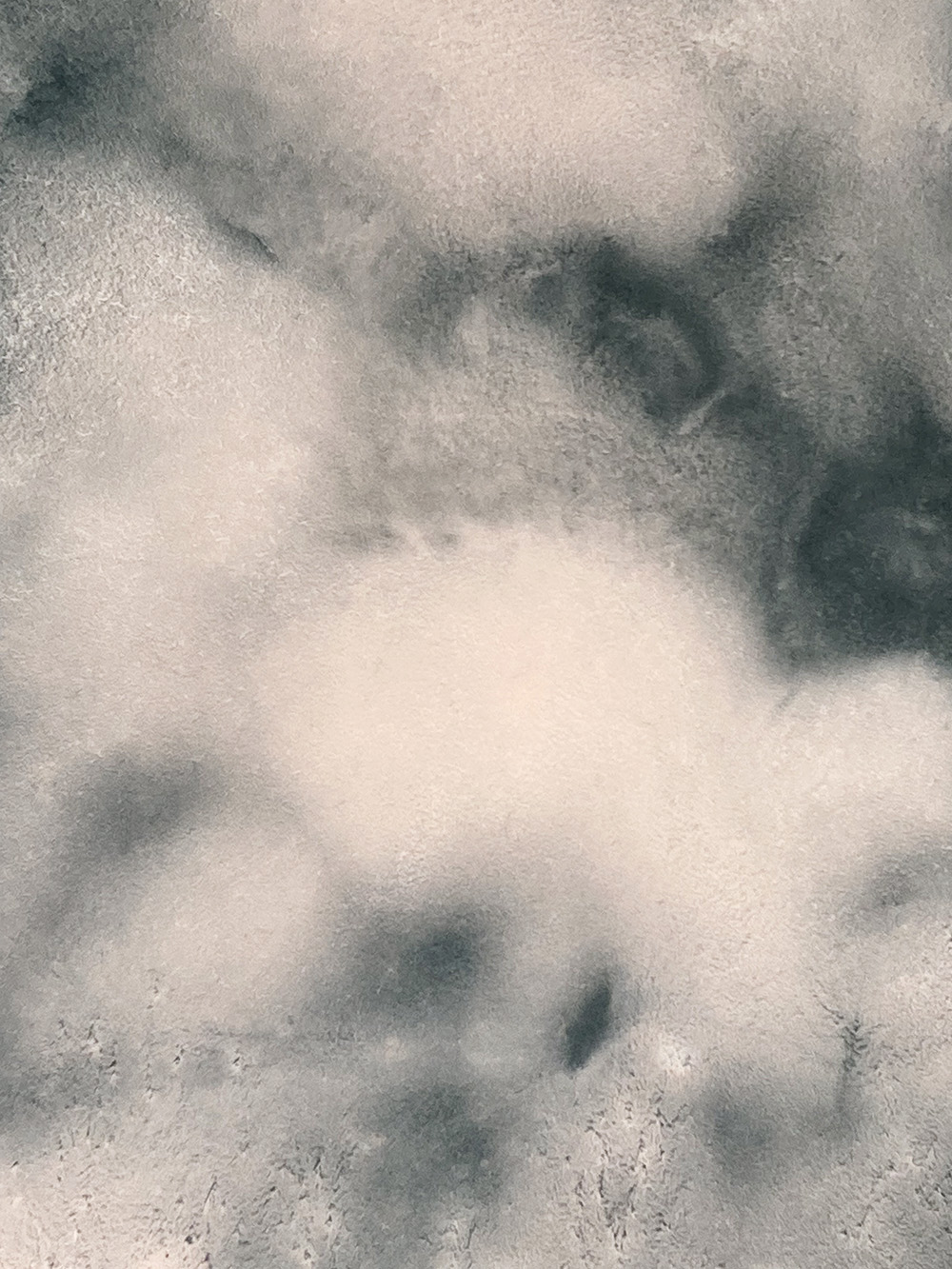

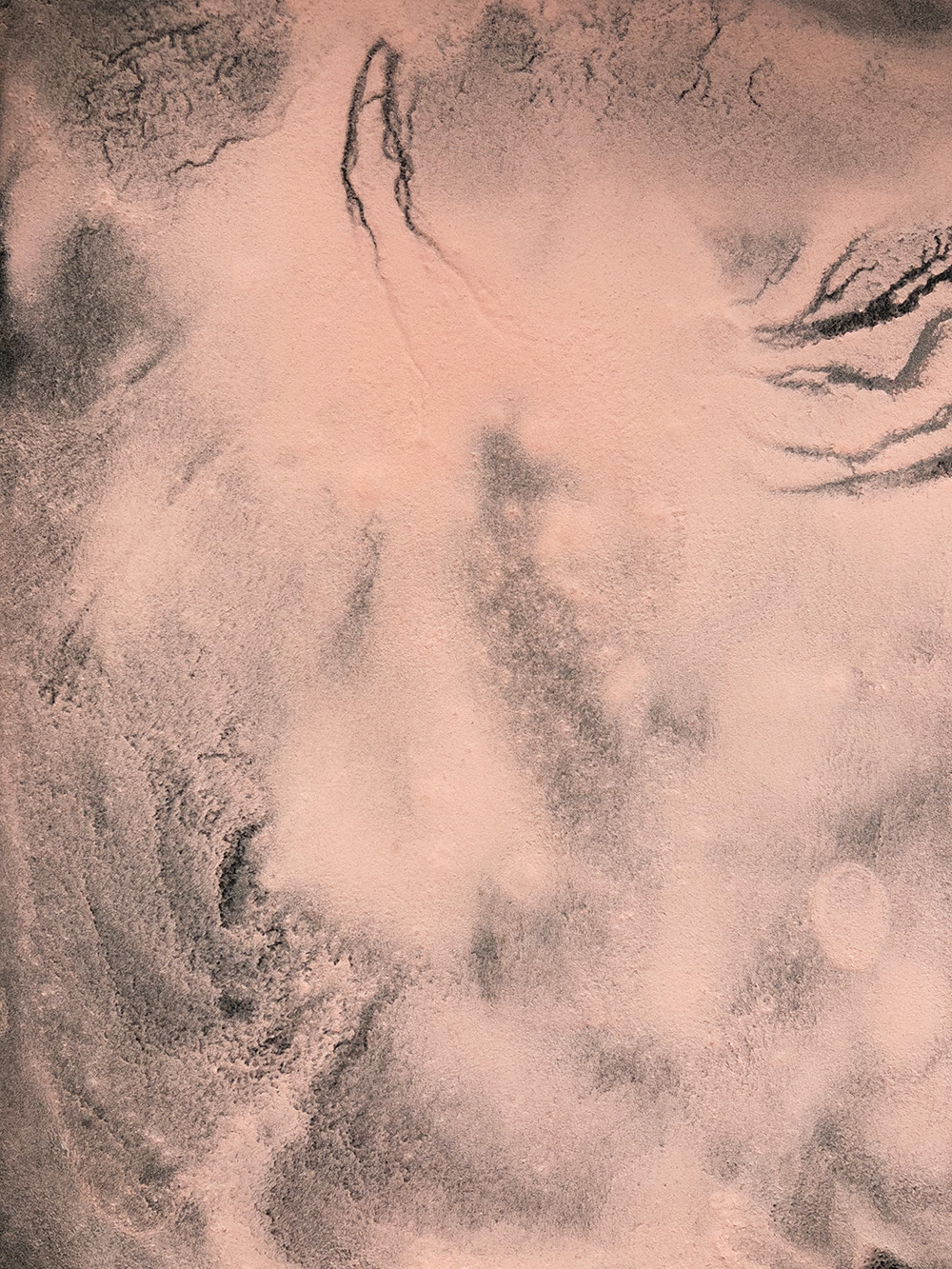
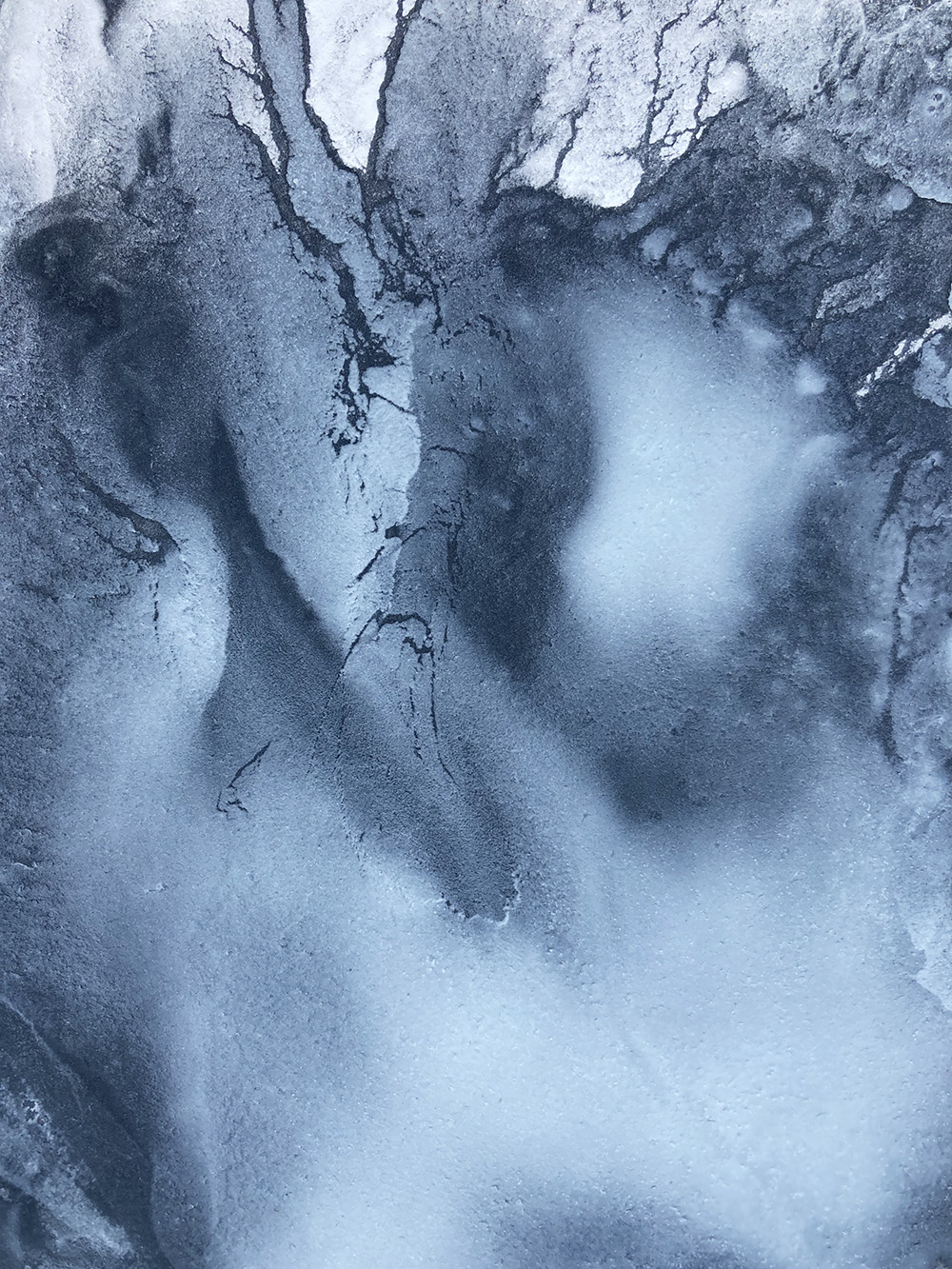
In 2023, 95 moons of Jupiter are known, compared with only 16 in 1980. For most of us, outer space is primarily a visually fascinating entity into which one looks from Earth and to which one ascribes a certain eternal value in the turbulent world events. For others, outer space is primarily unexplored space. In „Many Moons“, Heide Nord’s fourth solo exhibition at Galerie b2_, an abstract cosmos unfolds to the viewer in four series of works, in which these two conceptions of outer space develop their aesthetic and visual potentials. Nord investigates the analogies between art and cosmos and finds them, among other things, in the dynamics of constant dissolution and renewal, of latency and continuity. Through the methodical ordering of her sculptures, drawings, and photographs in the exhibition, Heide Nord takes us into the microcosm and macrocosm of form in „Many Moons,“ thereby putting our relationship to the space that surrounds us and our patterns of cognition up for grabs.
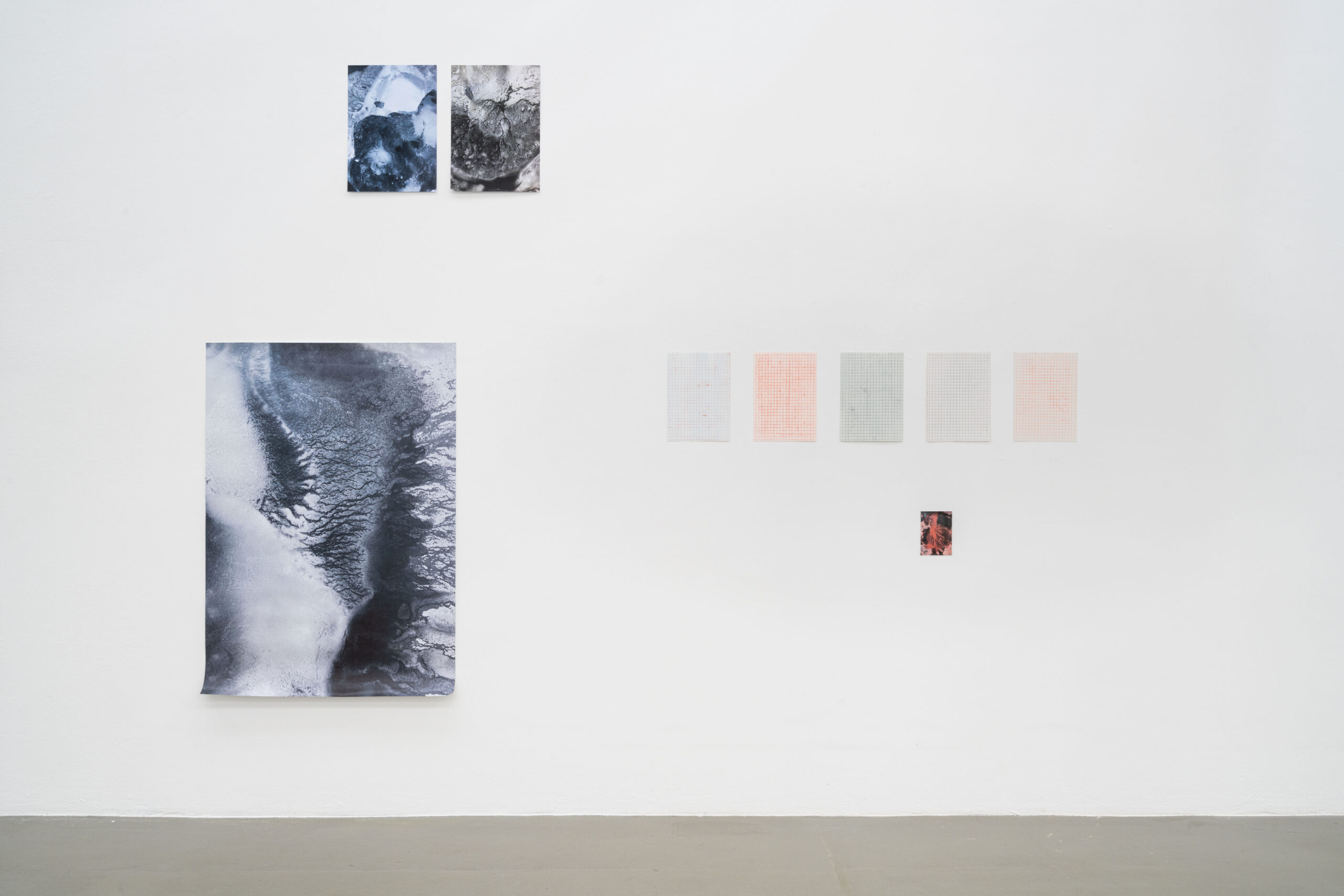
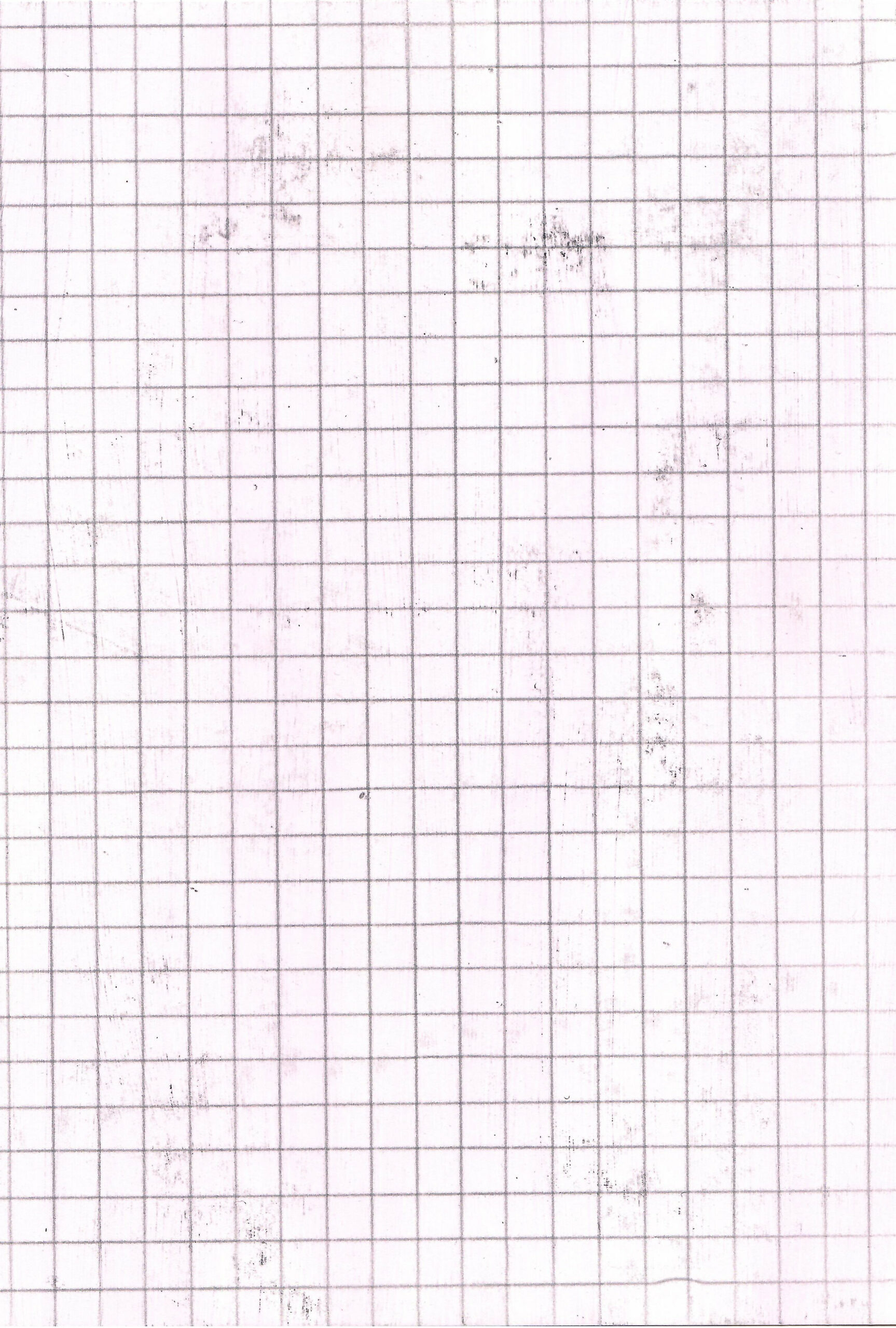

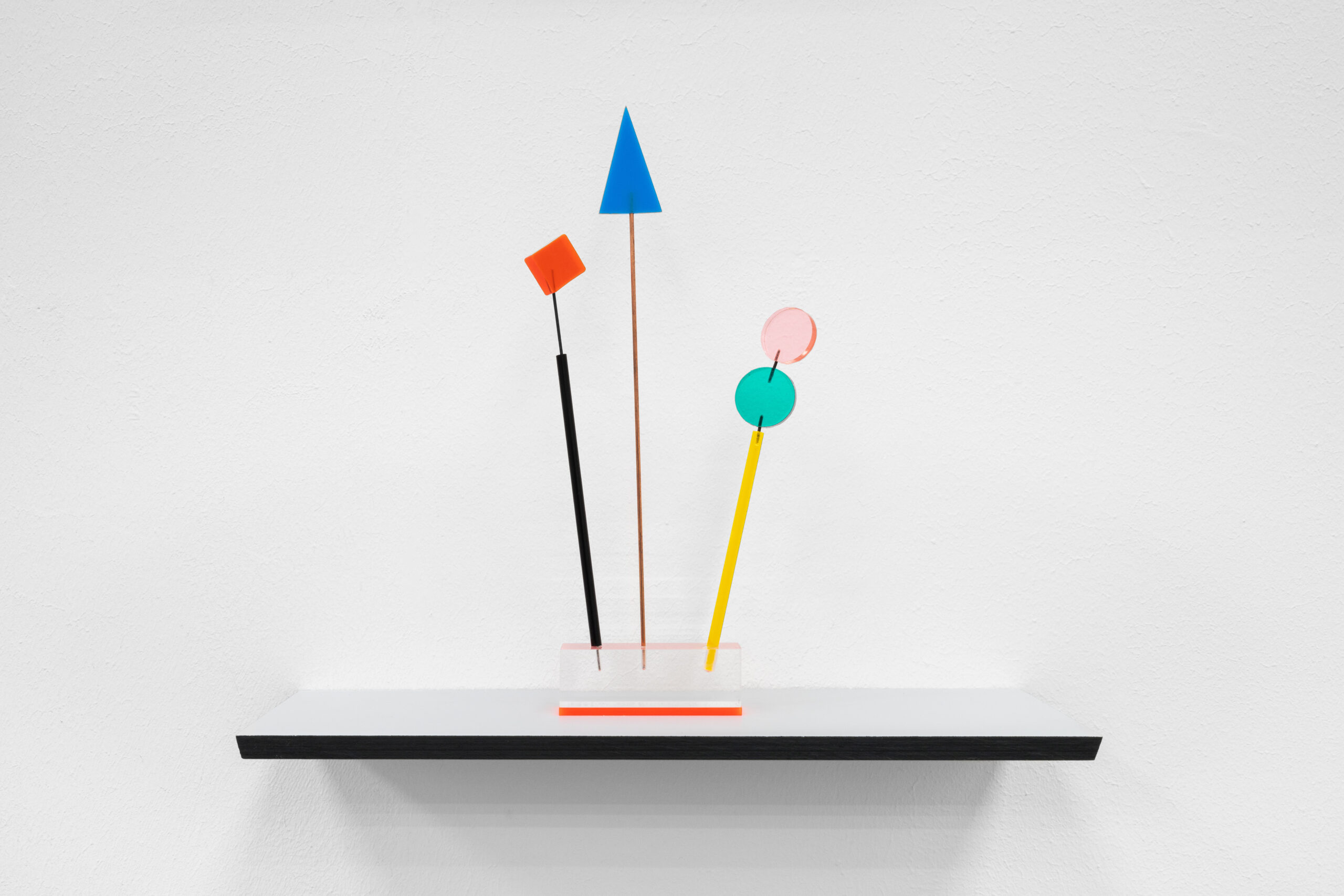
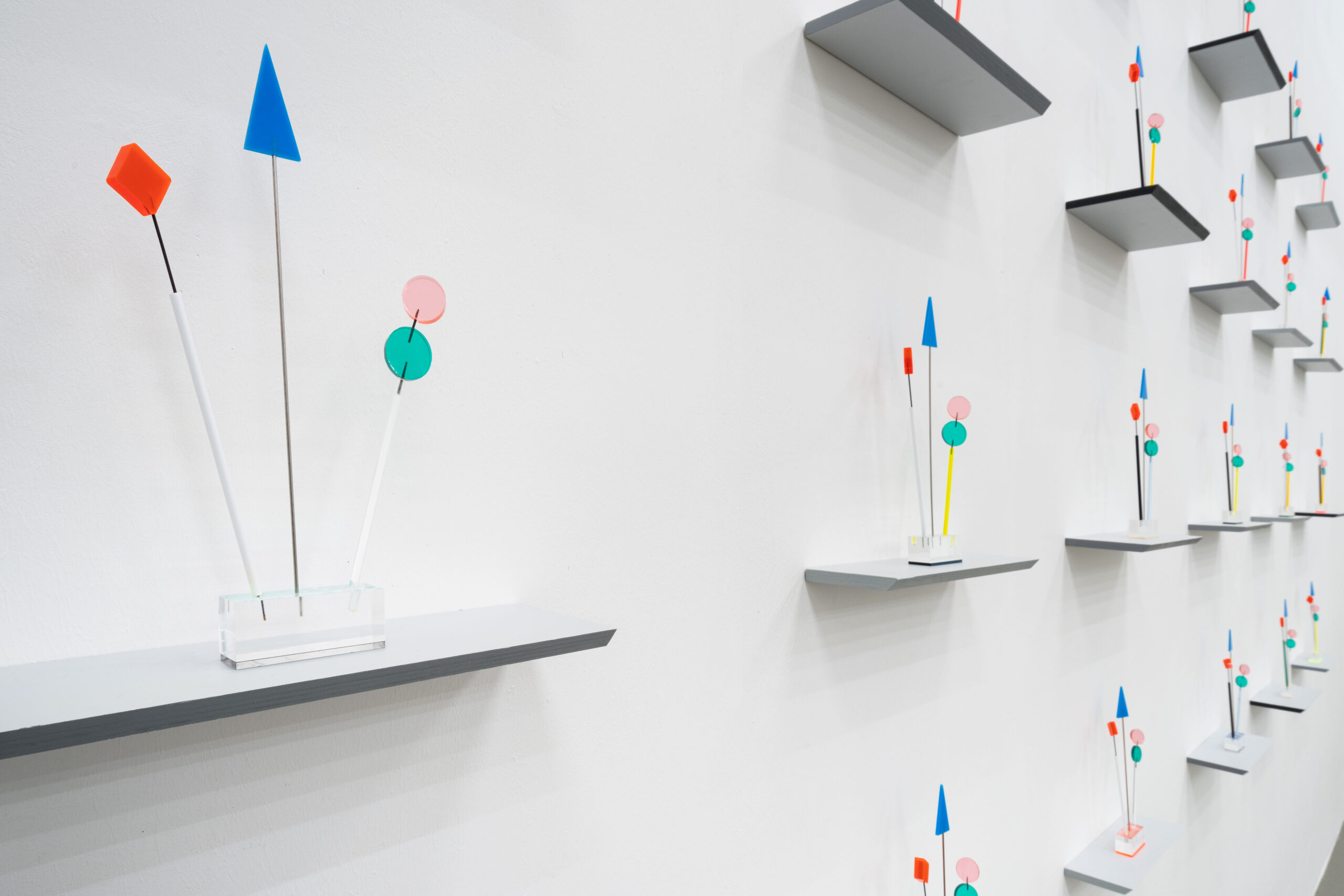
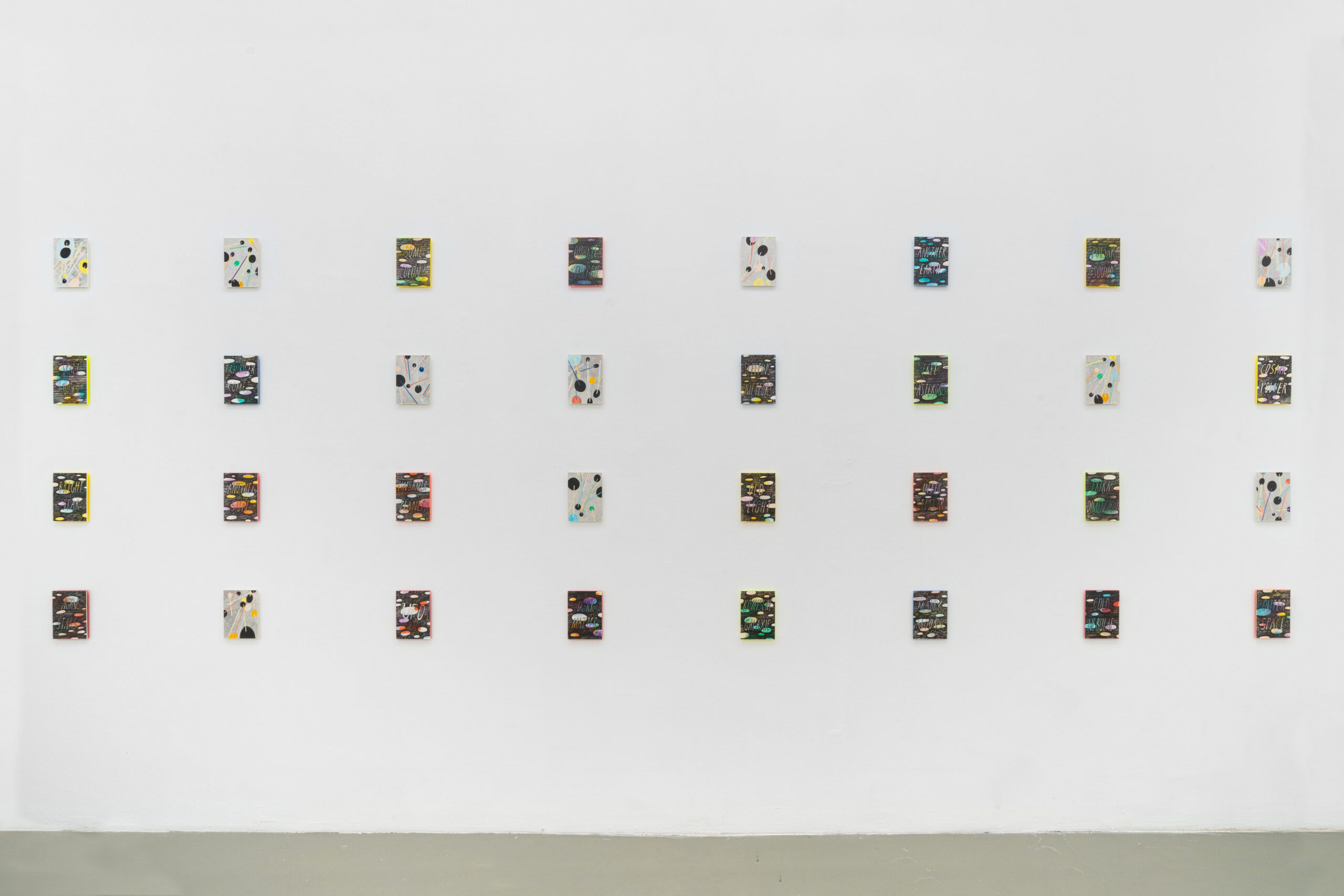
Many Moons
With science, most people associate school subjects in which you are good
or not. Either mathematics, physics, chemistry fall to you or you have lost. There doesn’t seem to be much in between. Regardless of one’s approach, the scientific disciplines are perceived and accepted as abstract, knowledge-providing institutions. Even though they are devoted to formulating laws that operate in nature, regardless of whether anyone formulates them or not, they have for us the character of constitutive institutions. Little is known about their structural nature, because behind the results the conditions of production of knowledge often remain invisible. By necessity, we fill this knowledge gap with fictions of scientific work processes from film, books, and video games. They offer us access to an aesthetic space of experience that we increasingly confuse with that of scientific knowledge.
Science itself, understood as an operation defined by spaces, equipment, personnel, also offers the possibility of aesthetic experience. Although not as dazzling, not quite as dramatic as in the fictional images of science fiction films, there are a myriad of visual elements, webs of relationships, and dynamics that virtually impose themselves as subjects of aesthetic investigation.
Carsten Tabel
